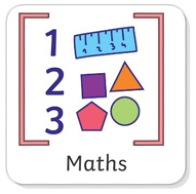Friday
Friday 17th October
Read the text below and answer the questions that follow:
Classifying Living Things
Have you ever wondered how scientists keep track of the millions of living things on Earth? From tiny bacteria to enormous whales, the natural world is full of a huge variety of life. To study them more easily, scientists use a system called classification, which means sorting living things into groups based on their features.
At the top level, all living things are divided into five kingdoms: animals, plants, fungi, bacteria, and protists. The animal kingdom includes everything from insects and jellyfish to dogs and humans. The plant kingdom includes trees, grasses, flowers, and even seaweed. Fungi, such as mushrooms and mould, are different from plants because they do not make their own food. Bacteria are microscopic organisms found almost everywhere — some can make us sick, while others help with digestion. Protists are tiny organisms that don’t fit well into any of the other groups.
After dividing living things into kingdoms, scientists sort them into smaller and more specific groups based on shared characteristics. For example, the animal kingdom is divided into two major groups: vertebrates and invertebrates. Vertebrates are animals that have a backbone or spine. These include mammals, birds, fish, reptiles, and amphibians. Humans, cats, snakes, and frogs are all vertebrates. Invertebrates are animals without a backbone. These include insects, spiders, worms, and jellyfish. In fact, over 95% of all animal species are invertebrates!
Plants are also classified into groups. One way to group plants is by whether or not they produce flowers. Flowering plants, such as sunflowers and apple trees, produce seeds in flowers. Non-flowering plants, like ferns and mosses, do not have flowers and instead reproduce using spores.
Scientists use classification to understand how living things are related. It also helps them to identify and name new species, and to track changes in the environment. For example, if a certain type of insect disappears from a habitat, scientists can use classification to find related species that might also be affected. Classification is an important tool that helps us make sense of the amazing diversity of life on Earth.
Questions:
1. Why do scientists classify living things?
A. To make pictures of them
B. To help animals live longer
C. To sort them and understand them better
D. To feed them properly
2. How many kingdoms do scientists use to classify living things?
A. Three
B. Four
C. Five
D. Six
3. What is one key difference between fungi and plants?
4. What are vertebrates, and can you name three examples?
5. What are invertebrates, and why are they important in the animal kingdom?
6. How do non-flowering plants reproduce?
7. What are two ways classification helps scientists in their work?
🐶 Story 1: The Lost Puppy
Tom has a small puppy.
The puppy’s name is Max.
One day, Max runs away into the garden.
Tom looks for Max behind a tree.
He finds Max playing with a ball.
Questions:
-
What is Tom’s pet?
-
What is the puppy’s name?
-
Where does Max run?
-
Where does Tom find Max?
-
What is Max playing with?
🐱 Story 2: The Cat and the Sun
The sun is shining.
A cat sits on the wall.
She is warm and happy.
A bird flies past.
The cat watches the bird.
Questions:
-
What is shining?
-
Where is the cat sitting?
-
How does the cat feel?
-
What flies past the cat?
-
What does the cat do when the bird flies past?
17.10.25
LC: To be able to add and subtract fractions with different denominators.
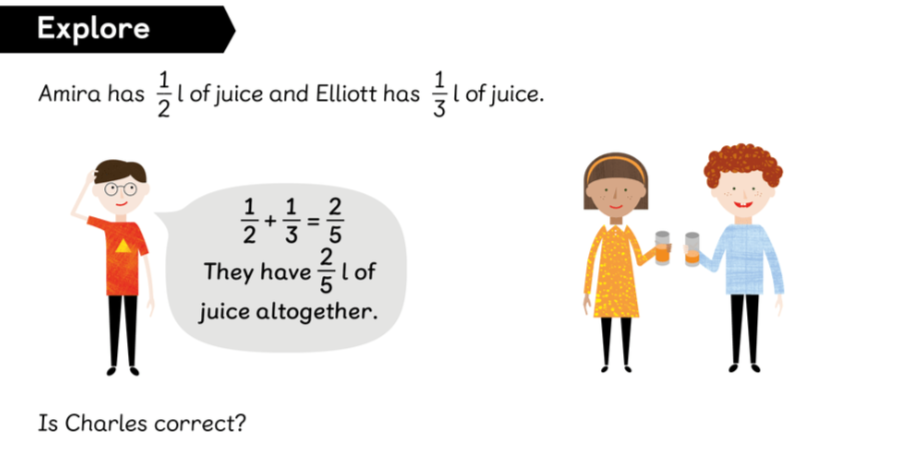
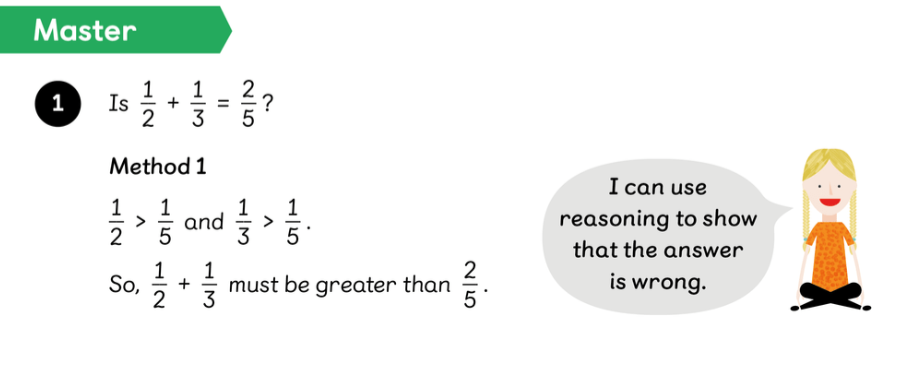
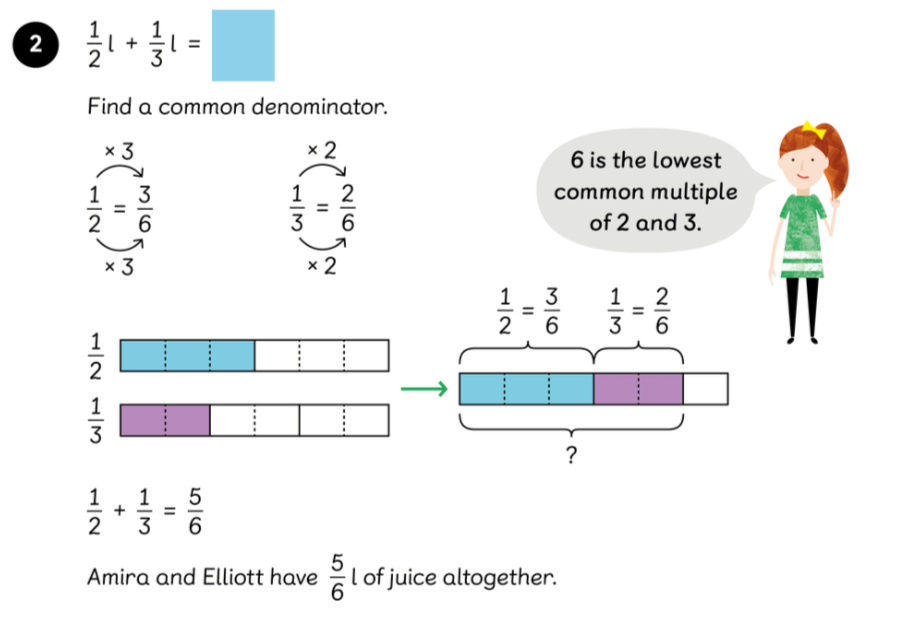
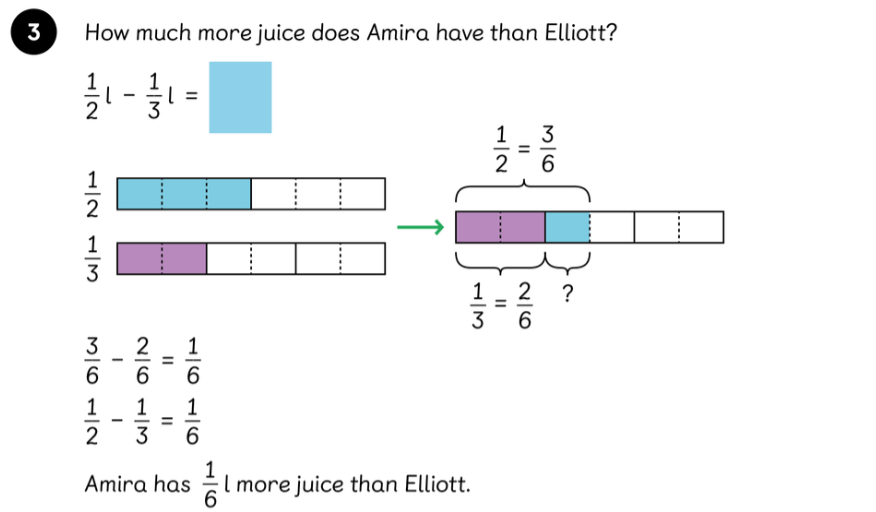
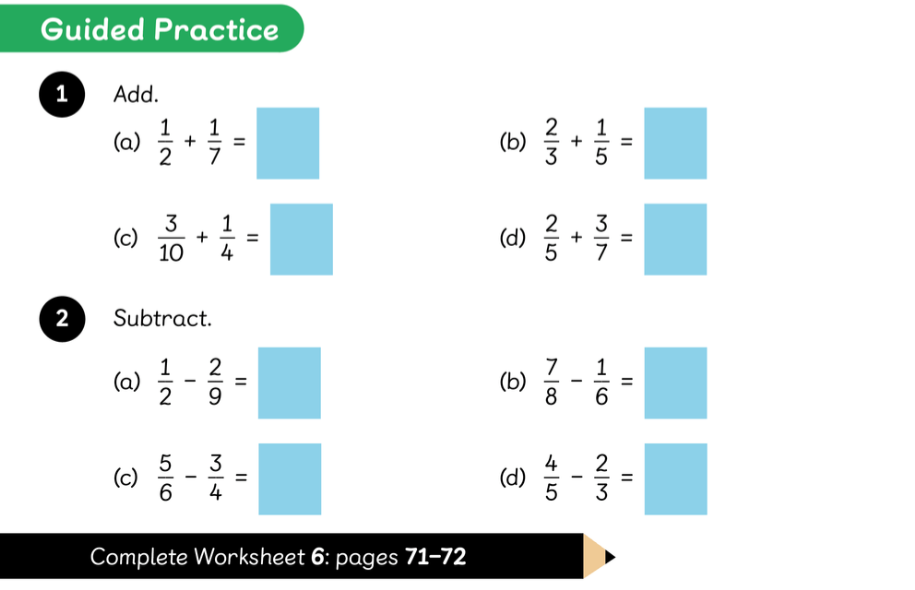
17.10.25
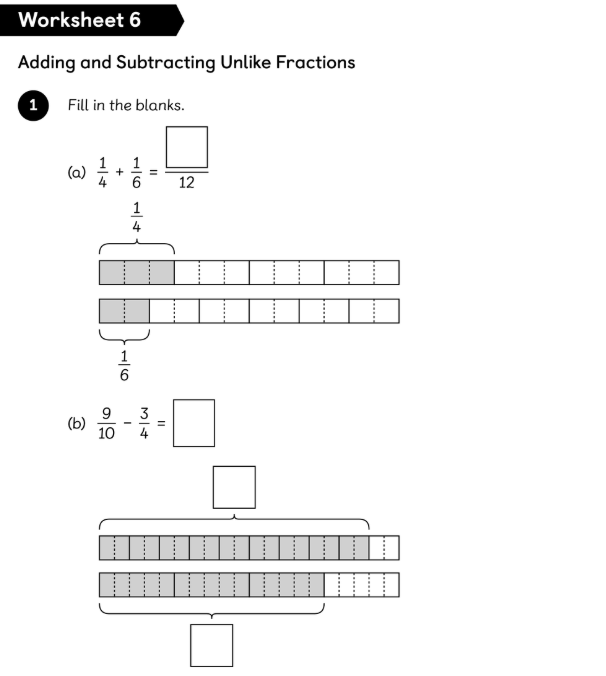
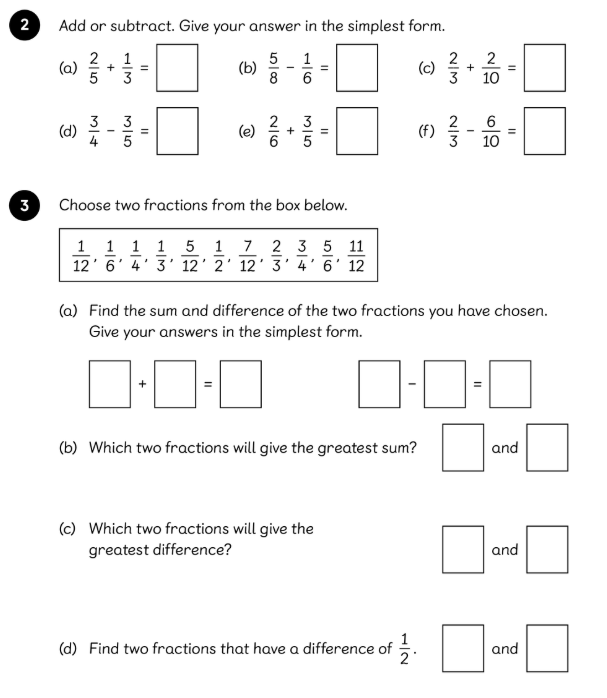
Friday 17th October
LC: To know about prejudice and how to recognise behaviours and actions which discriminate against others.
prejudice and discrimination 17 10 25.pdf
/i/video/Year_6/youtube_Discrimination_Explained_for_Kids___PopnOlly___Olly_Pike.mp4






